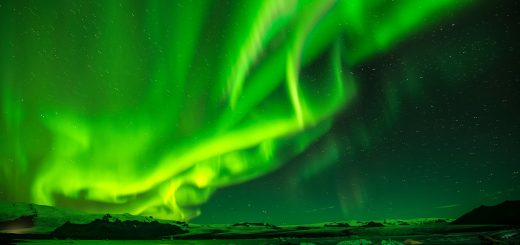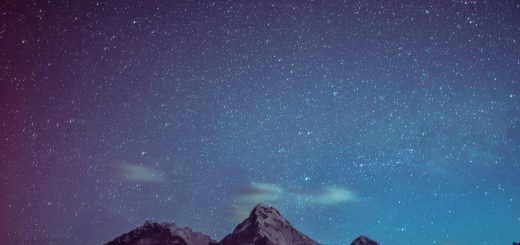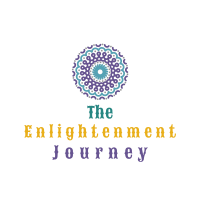How Do Governments Create Money?
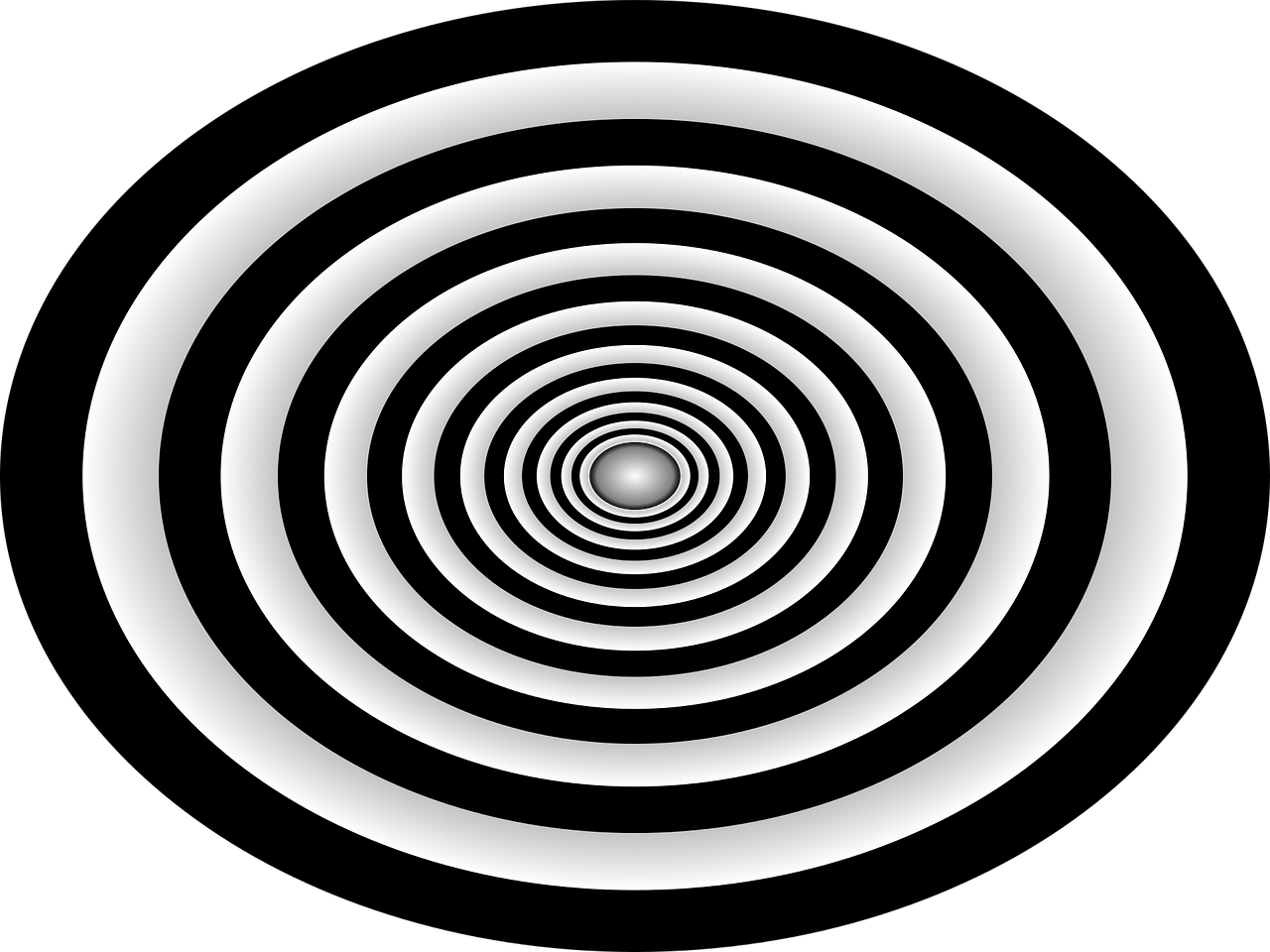
Before diving in, please note: This post is for informational purposes only. If you’d like to know more about how we approach topics, feel free to check out our friendly Disclaimer Page.
Hey there, amazing readers! 🖐️ Just a quick note: yes, we know there are a lot of ads here. Trust us, we get it—it’s not the prettiest look, but they help us keep this blog alive and kicking. Those pesky little ads cover the costs of all the behind-the-scenes magic, from hosting and tech stuff to creating content we hope you’ll love.
We’re committed to delivering quality posts, and your support (even just sticking around despite the ads) means everything to us. So, bear with us, and thanks for helping us keep the good vibes rolling. Now, on to the fun stuff! 😉
TRANSLATE BUTTON AT THE END OF THE ARTICLE
Let’s Talk About Money!
Money makes the world go round—or so they say.
But have you ever stopped to think about where it actually comes from?
Like, who’s in charge of making it?
Do governments just whip it up out of thin air?
Spoiler alert: in some ways, they kind of do!
The whole process of money creation is more fascinating and complex than we might imagine, and today, we’re diving into it together.
So, grab your favorite drink, and let’s explore this intriguing question: How do governments create money?
What Exactly Is Money?
Before we get into the nitty-gritty of how governments create it, let’s take a step back and talk about what money is.
At its core, money is a medium of exchange.
It’s what we use to buy goods and services, pay bills, and—let’s be honest—splurge on the occasional online shopping spree.
But it’s not just those colorful paper bills or shiny coins in your pocket.
Money includes electronic funds sitting in your bank account, cryptocurrency (hello, Bitcoin fans!), and even central bank reserves.
These are all forms of money, but the way they’re created can differ significantly.
The Central Role of Central Banks
Ah, central banks—the unsung heroes (or villains, depending on your perspective) of the money-making world.
Most countries have a central bank, like the Federal Reserve in the U.S., the European Central Bank (ECB) in the EU, or the Bank of Japan.
These institutions are at the very heart of money creation, and they operate somewhat like the conductor of a giant financial orchestra.
Central banks don’t just print money (although that’s part of their role); they’re also responsible for managing a country’s currency, controlling inflation, and ensuring financial stability.
Think of them as the “money managers” of the economy.
Printing Physical Money: The Old-School Method
Let’s start with the most straightforward process: printing actual, physical money.
Yes, governments still do this!
But here’s the catch: central banks don’t print money willy-nilly.
Every dollar, euro, yen, or rupee that’s printed is carefully calculated based on economic needs.
Central banks work with a country’s treasury department to decide how much cash is needed in the economy.
Then, specialized facilities—like the U.S.
Bureau of Engraving and Printing—go to work producing crisp new bills.
Coins, meanwhile, are minted at government facilities like the U.S.
Mint.
Once printed or minted, this physical money is distributed to commercial banks, and from there, it enters circulation.
But here’s the twist: physical cash is only a small fraction of the total money supply in modern economies.
Creating Digital Money: The Modern Approach
This is where things get really interesting!
Most of the money in the world today isn’t physical—it’s digital.
And no, I’m not just talking about Bitcoin.
The vast majority of money is created through banking systems and central bank policies.
Central Banks and Reserves
Central banks create digital money by adjusting their own balance sheets.
It’s kind of like adding zeros to a spreadsheet, but with very real consequences.
For example, when a central bank buys government bonds or other assets, it pays for them by crediting the accounts of commercial banks.
Voilà—new money is “created.”
This newly created money isn’t physical cash; it’s reserves held by commercial banks at the central bank.
These reserves help banks meet regulatory requirements and provide liquidity.
Commercial Banks and Loans
Here’s the part that often surprises people: most money creation actually happens through commercial banks.
When you take out a loan—whether it’s for a car, a house, or that dream vacation—the bank isn’t handing you money it already has.
Instead, it’s creating new money!
How?
Well, when banks approve loans, they credit the borrower’s account with the loan amount.
That’s new money entering the economy.
Of course, the borrower has to pay it back (with interest), but in the meantime, that money is circulating and fueling economic activity.
Quantitative Easing: Money Creation on Steroids
Okay, here’s where things get a bit more complex (but I promise, we’ll keep it fun).
During times of economic crisis—like the 2008 financial crash or the COVID-19 pandemic—central banks sometimes step in with a process called quantitative easing (QE).
In simple terms, QE is like supercharging money creation.
Central banks buy massive amounts of government bonds and other assets, injecting huge sums of money into the economy.
The idea is to stimulate spending, encourage borrowing, and keep the economy afloat during tough times.
It’s a controversial tool, though.
Critics argue it can lead to inflation or asset bubbles, while supporters see it as a necessary lifeline during crises.
What About Printing Too Much Money?
Now, you might be wondering: why don’t governments just print as much money as they want and solve all our problems?
Oh, if only it were that simple!
When too much money is created without a corresponding increase in goods and services, we get inflation.
Think of it like blowing up a balloon: if you pump in too much air, the balloon bursts.
Hyperinflation—like what happened in Zimbabwe or Venezuela—can devastate economies and make money practically worthless.
So, governments and central banks have to strike a delicate balance.
They need enough money to keep the economy humming, but not so much that it spirals out of control.
The Role of Cryptocurrencies
We can’t talk about money creation without giving a nod to cryptocurrencies.
Unlike traditional money, crypto isn’t created by governments or central banks—it’s “mined” using complex algorithms and decentralized networks.
Cryptocurrencies like Bitcoin operate outside traditional financial systems, and while they’re still not widely used for everyday transactions, they’ve sparked fascinating debates about the future of money.
Could they someday replace government-issued currencies?
Only time will tell!
Wrapping It All Up
So, there you have it—the fascinating world of money creation!
From printing physical bills to creating digital reserves, the process is a mix of old-school methods and modern financial wizardry.
The next time you swipe your card or tap your phone to make a payment, take a moment to marvel at the intricate systems working behind the scenes.
Money isn’t just paper or numbers on a screen—it’s the lifeblood of our economy, carefully managed (most of the time!) by governments and central banks.
And let’s be honest: knowing where money comes from doesn’t make us any better at saving it—but hey, at least we understand it a little more now, right?
Until next time, keep wondering and exploring the world around you.
Money may not grow on trees, but the curiosity to learn?
That’s priceless.
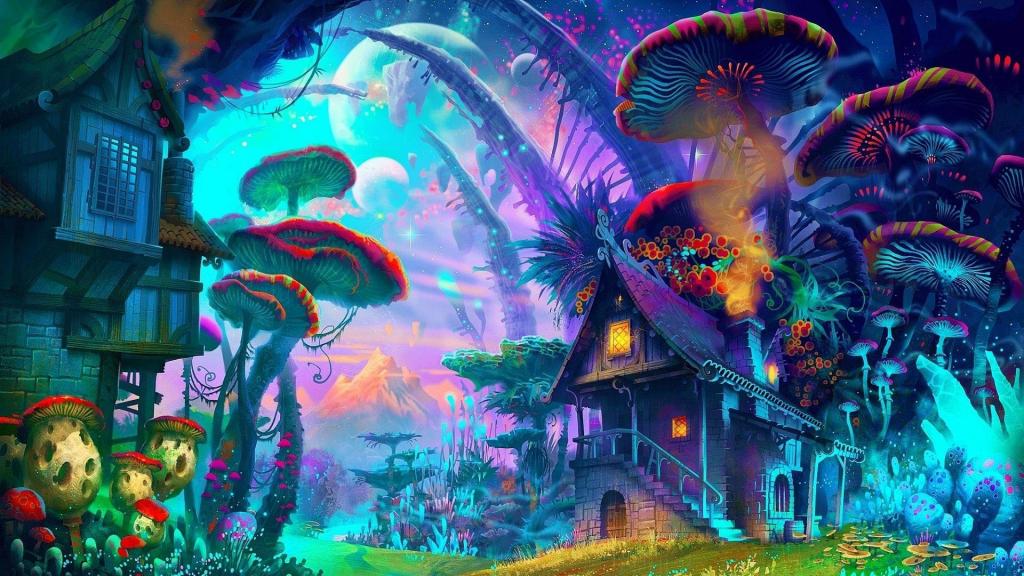
The Enlightenment Journey is a remarkable collection of writings authored by a distinguished group of experts in the fields of spirituality, new age, and esoteric knowledge.
This anthology features a diverse assembly of well-experienced authors who bring their profound insights and credible perspectives to the forefront.
Each contributor possesses a wealth of knowledge and wisdom, making them authorities in their respective domains.
Together, they offer readers a transformative journey into the realms of spiritual growth, self-discovery, and esoteric enlightenment.
The Enlightenment Journey is a testament to the collective expertise of these luminaries, providing readers with a rich tapestry of ideas and information to illuminate their spiritual path.
Our Diverse Expertise 🌟
While our primary focus is on spirituality and esotericism, we are equally passionate about exploring a wide range of other topics and niches 🌍📚. Our experienced team is dedicated to delivering high-quality, informative content across various subjects ✨.
To ensure we provide the most accurate and valuable insights, we collaborate with trusted experts in their respective domains 🧑🏫👩🏫. This allows us to offer well-rounded perspectives and knowledge to our readers.
Our blog originally focused on spirituality and metaphysics, but we’ve since expanded to cover a wide range of niches. Don’t worry—we continue to publish a lot of articles on spirituality! Frequently visit our blog to explore our diverse content and stay tuned for more insightful reads.


